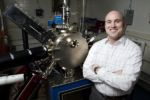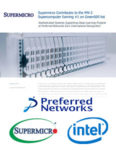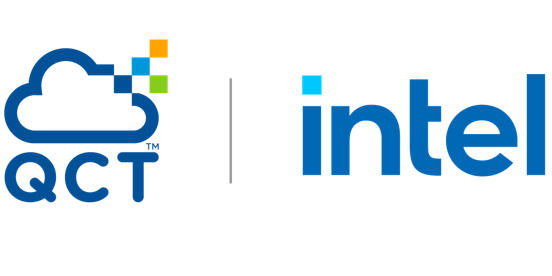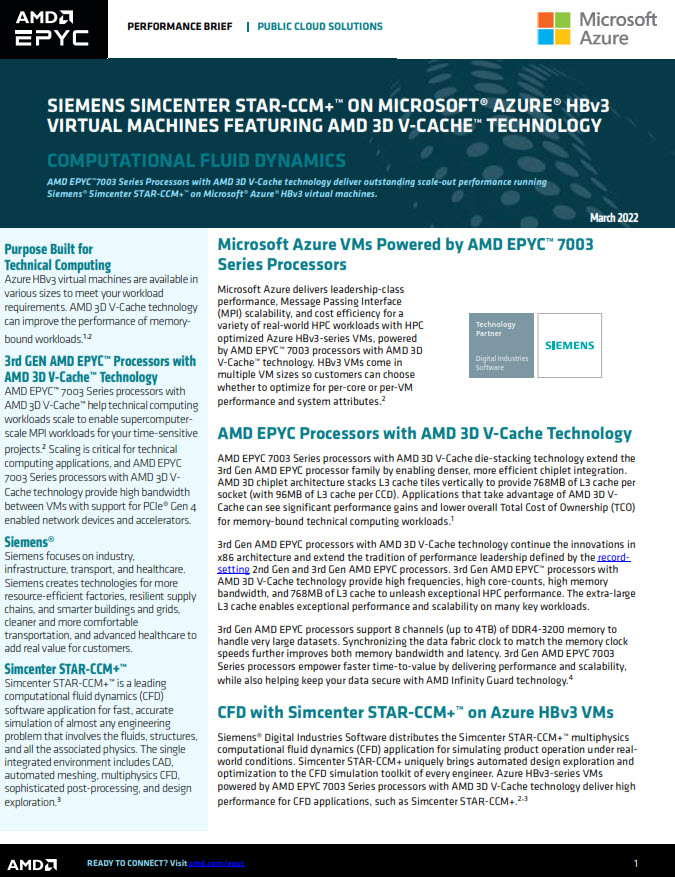With a salute to our service men and women on this Veteran’s Day, here’s a rapid (6:07) review of recent news ….
HPC News Bytes 20241111: TSMC 2nm Restrictions, AMD-Fujitsu Team on Arm, AMD Passes Intel, US Data Center Green Energy Uptake
Supermicro and Preferred Networks (PFN) Collaborate to Develop the World’s Most Efficient Supercomputer
Supermicro and Preferred Networks (PFN) collaborated to develop the most efficient supercomputer anywhere on earth, earning the #1 position on the Green500 list. This supercomputer, the MN-3, is comprised of Intel® Xeon® CPUs and MN-Core™ boards developed by Preferred Networks. In this white paper, read more about this collaboration and how a record-setting supercomputer was developed.
Paper: Initial Explorations of ARM Processors for Scientific Computing
As anticipation grows for using ARM processors in HPC, a new paper from a team of LHC researchers is showing promising results.
Seeking Nominations: Brill Awards for Efficient IT
The Uptime Institute has announced a new awards program, the Brill Awards for Efficient IT, continuing the late Mr. Brill’s vision of sharing best practices and new ideas to improve data center and IT efficiency.
Power Savings – the Quest for Green MPI
This presentation investigates whether power savings on the processor and system level can be obtained while an MPI rank is waiting (blocking) for incoming data.











